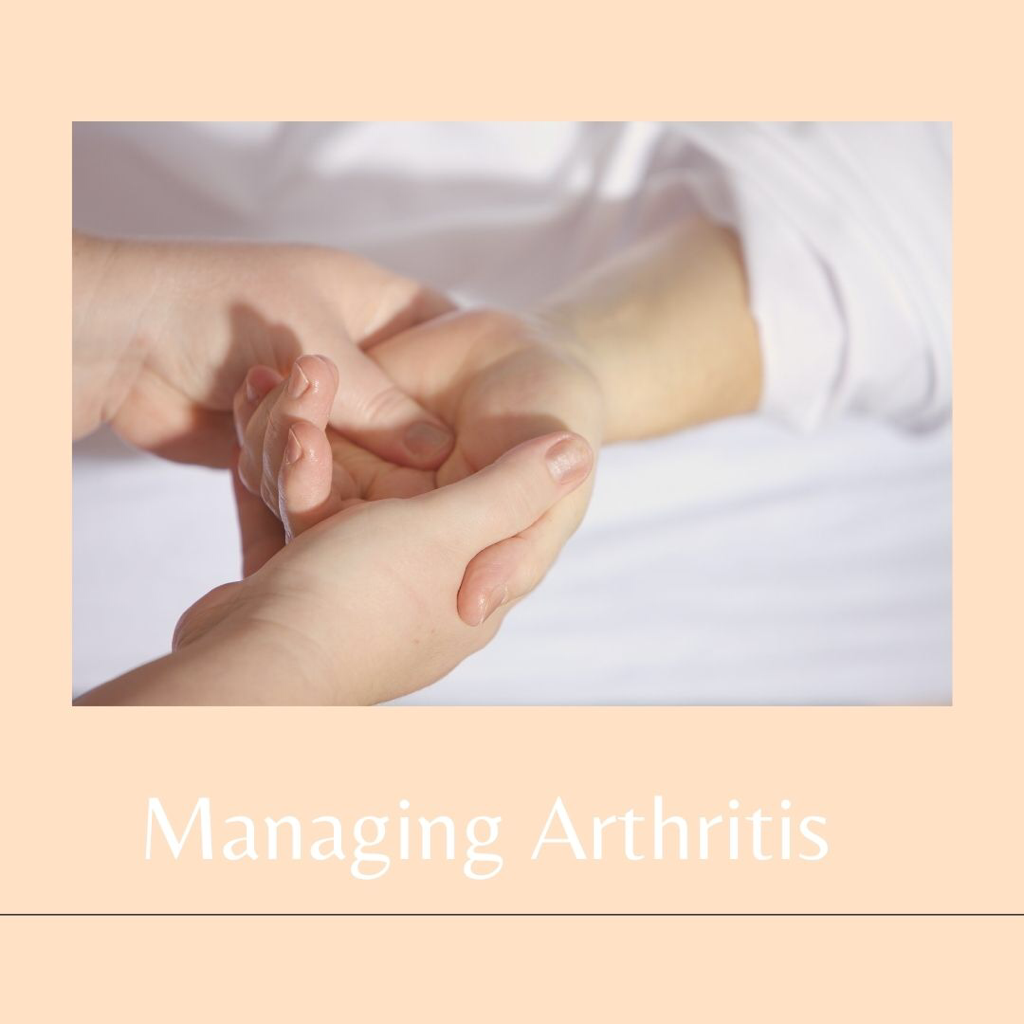|
With the fall weather and impending snow coming many patients will remark that they feel the cold “in their bones”. This is a phrase patients use to share with me that they feel an increase in their arthritic symptoms. There are a few different types of arthritis but often people are referring to osteoarthritis in these cases, this is the regular age related type of arthritis that many people associate with “wear and tear”.
Arthritis by definition is a slow but progressive disease affecting one or more joints in the human body. Arthritis is an active process in which the joint is unable to repair itself as quickly as it is being broken down. And although the “wear and tear” concept fits well with our ideas of aging, arthritic processes are actually more complex than this. Mechanical factors such as heavy lifting and sports are only one factor. Genetics seem to be a strong factor in the development of hip or hand osteoarthritis. Metabolic factors are another contributor, which are determined by the overall functioning of a person’s cells and inflammation within the body. These inflammatory factors are modified by the presence of chronic disease such as heart disease, high cholesterol and diabetes just to name a few. This is all to say that arthritic symptoms may present themselves due to a cumulative exposure to the many risk factors and not just the movement you put through the joint. Therefore, arthritic symptoms are typically best managed through a holistic, lifestyle approach. There are many treatment approaches to arthritic pain but one of the strongest recommendations within the guidelines includes exercise therapy. Many patients with osteoarthritis tend to avoid activity as they worry that it will worsen the “wear and tear” of a joint, but as discussed above arthritis is an active process and actually responds favourably to exercise. Weight loss is another strong recommendation within the literature for managing pain and improving joint function. Co management of other chronic illnesses and working to improve the overall health of your body and metabolic processes will also help in reducing your symptoms. Practitioners such as chiropractors and osteopaths are able to prescribe exercise to assist with your symptoms while consults with the naturopath may provide support for your overall well being to reduce symptoms. Using a team approach, Dalhousie Health & Wellness strives to manage arthritic changes through a holistic, lifestyle based approach.
1 Comment
So What is our Autonomic Nervous System and Why is it Important? Our Autonomic Nervous System controls all of our everyday functions, such as blood pressure, heart rate, respiration, digestion as well as other processes. It relies on a series of intricate pathways where signals are sent to and from our body to our spinal cord and then to our brain. Sometimes these signals can get blocked for a variety of reasons, such as tight muscles which the nerves run through, compression in our spine due to disk problems, degeneration of our vertebrae, etc. Long standing imbalances within the nervous system can lead to symptoms within the body. As Osteopathic Manual Practitioners we use a wide variety of techniques to improve the physiological functions in the body and to aim to restore homeostasis which has been altered by ‘somatic dysfunction’ of the tissues. Osteopathic Manual Therapy has been shown to have an effect on the Autonomic Nervous System and in turn its physiological processes according to Rechberger et al in his 2019 research paper, that assessed 23 published studies on it. It did state that even more research was required but with the data available was able to draw a positive conclusion.
|
Archives
May 2024
|



 RSS Feed
RSS Feed